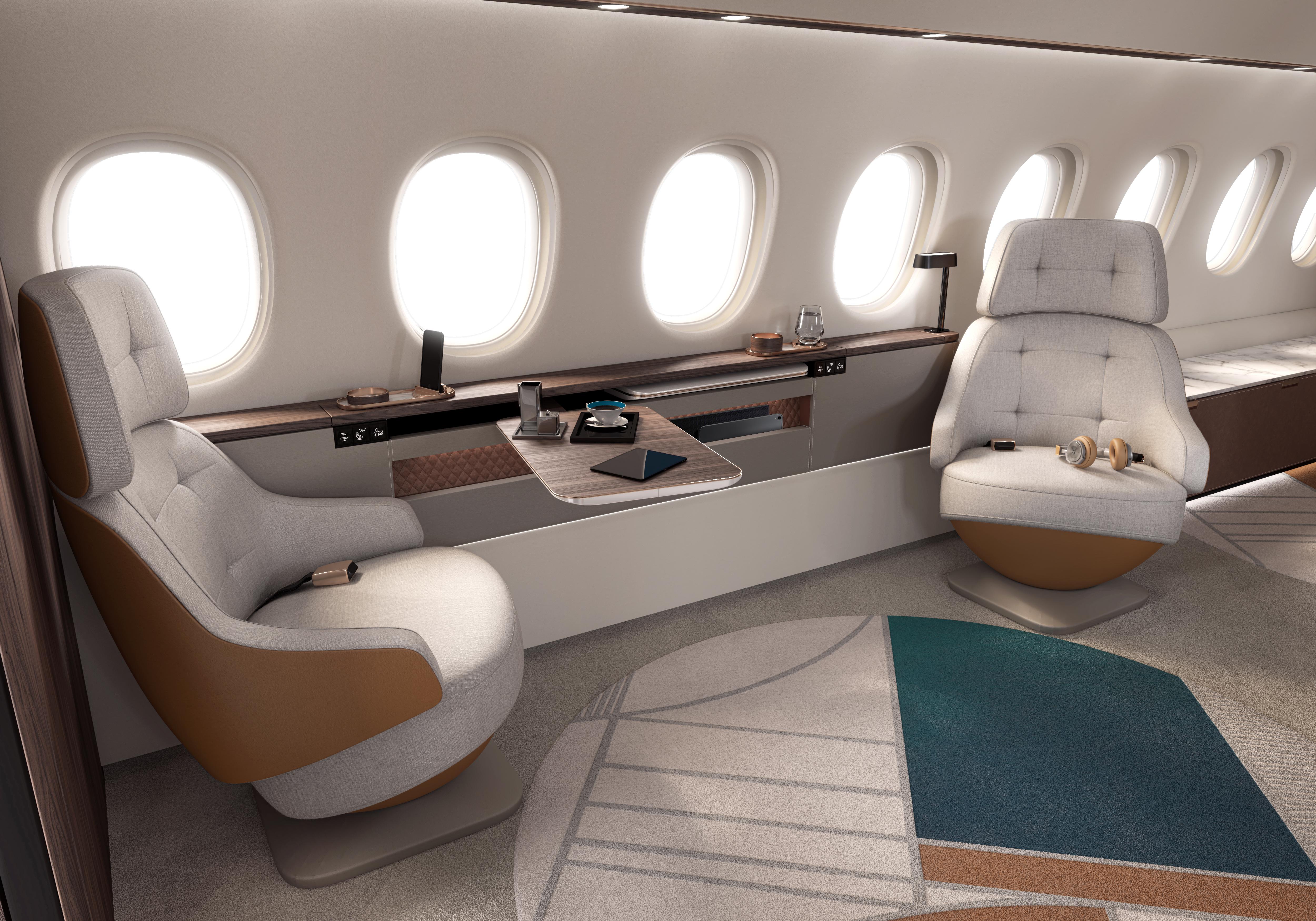
Credit: Dassault Aviation
Dassault Aviation has unveiled its newest business jet–the Dassault Falcon 10X–a clean-sheet 7,500-nm, four-zone, ultra-long-range aircraft that is the company’s largest jet to date. The Falcon 10X has a cruise speed of Mach 0.85 and a top speed of Mach 0.925. It will fly nonstop from New York to...
Subscription Required
This content requires a subscription to one of the Aviation Week Intelligence Network (AWIN) bundles.
Schedule a demo today to find out how you can access this content and similar content related to your area of the global aviation industry.
Already an AWIN subscriber? Login
Did you know? Aviation Week has won top honors multiple times in the Jesse H. Neal National Business Journalism Awards, the business-to-business media equivalent of the Pulitzer Prizes.
